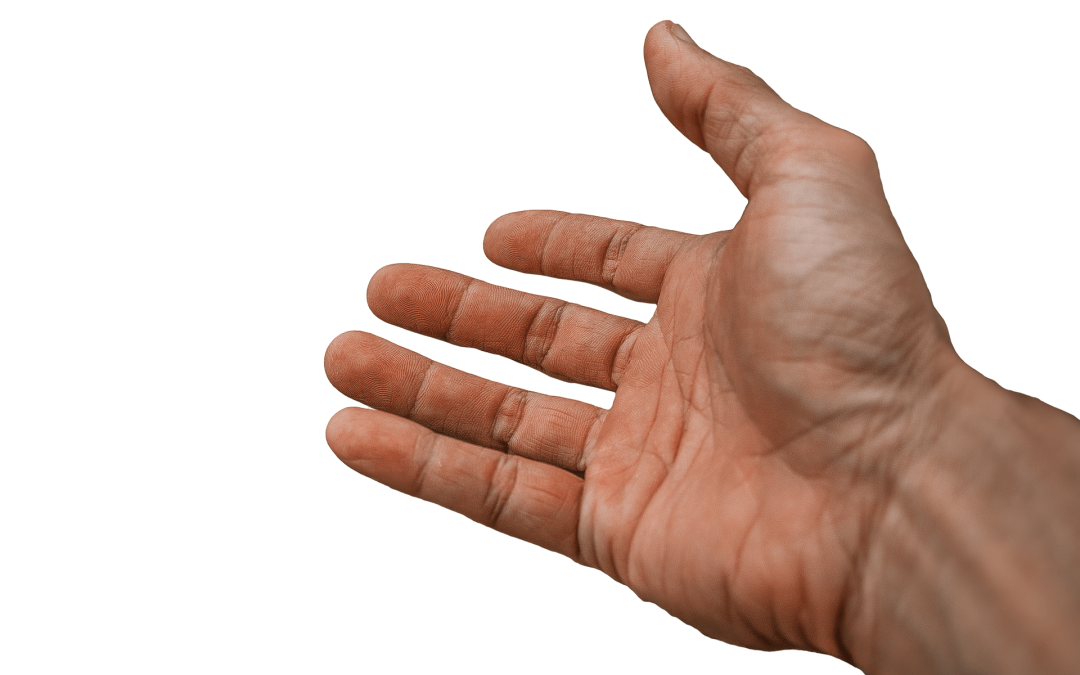We all want to be happy
A few years ago, I had to attend an outpatient clinic in one of Amsterdam’s big teaching hospitals. My treatment lasted several weeks and involved me making frequent trips. Naturally enough, after a while I began to see other people making the same journey. Something that struck me very strongly was that the was a big variety of people all going through a similar experience—different ages, backgrounds, ethnicity, occupation were just a few. Yet all them had an important element in common—the wish to be well and a feeling of vulnerability because they were not sure how their treatment was going to turn out. On top of that, most people came with a friend, or partner, or relative and the love and care between them was palpable—the carers so wanted everything to work out well for the people they were caring for.
As human beings, we all want to be happy and not to have to deal with pain and suffering and yet, pain and suffering are an inevitable part of life. My hospital experience demonstrated that for me profoundly but it also showed me the tenderness and courage that underlies that truth. As just one patient going through the motions of treatment, along with all these people who started out as strangers to me, I felt the raw material of myself as a human being. Maybe my interests, and life experiences were different but that was of no consequence. My hopes and fears were pretty much the same as everyone else’s who were there with me. There was a shared appreciation that while we were all going through our individual treatment, we were in this together. Somewhere each of us was touched by the depth of interconnectedness that unites us in common humanity.
A way to look at self-compassion
In her book, Self-Compassion, Kristen Neff describes what she calls the three elements of self-compassion. These are self–kindness as an antidote to self-judgment; common humanity as an antidote to isolation and mindfulness as an antidote to over-identification. My blog, How to be a Good Friend to Yourself, discusses the first element and I will cover the third element in my next blog. Let’s look now at our tendency for self-isolation.
Why do we tend to hide away when we feel bad?
Think of times when you behave in a way that you are not happy with—you lose your temper, or you’re impatient with a waiter in a restaurant. Do you feel yourself shrink a little? There’s a sense of disappointment and perhaps some shame. What about when you find yourself skipping the gym for the third week running, or not ringing your friend who just broke up with their partner because you don’t have the energy to comfort them again? Then there are the tricks that life can play on us—we get made redundant, or our children leave home and we don’t know how to fill the gap. Events like this that make us feel less good about ourselves can lead to us wanting to shut ourselves away from other people. We don’t feel good enough and we are worried that other people will find us inadequate too. Our fear is that if we are not managing to be up to the mark, then other people will not want to be with us, let alone love us. Much better to hide away before we feel rejected.
Self-isolation is contrary to how life it
When we isolate ourselves, we are cutting ourselves off from the nourishment and support of people, who, although we don’t realize it at the time, are just like us. Compassion is about understanding that everyone suffers and that suffering is part of life. When we can open ourselves to the reality of this, we find that we stop shrinking. Instead of being locked into a sense of our own failings we can see them in relation to the failings of others. Did you ever meet a perfect human being? My guess would be no—and yet we continuously expect ourselves to be perfect! There can be a big relief in dropping this pretence and accepting ourselves as a flawed human being, who is doing their best along with everyone else. Self-compassion is relational. It involves understanding that we have disappointments and inadequacies, while finding the courage to address them.
What Mirror Neurons tell us about interconnectedness
Mirror neurons were discovered by Italian researchers in the 1990s. Before this discovery, it was thought that the brain uses logical thought processes to interpret and predict other people’s actions. However, mirror neurons seem to enable us to simulate not only other people’s actions but also the intentions and emotions behind those actions. It’s just like when you see someone cut their finger and you automatically wince in sympathy. It also seems that mirror neurons have a role to play in interpreting facial expressions and hand gestures. They point to a continuous subtle level of communication that is going on between our own brain and the brains of people around us. Vittorio Gallese, MD, PhD, one of the researchers involved in the original research in the University of Palma comments, It seems we’re wired to see other people as similar to us, rather than different. At the root, as humans we identify the person we’re facing as someone like ourselves.
This points to a neurological basis for common humanity and appreciating the power of interconnectedness. Knowing the science can help develop our confidence in common humanity but it is opening our hearts to the experience of it that will help us to make it part of our lives.
A simple way to see how interconnected we are
When we wake up in the morning and start our routine we are usually focused on getting ready for our day and all the things we need to do. Tomorrow morning why not try something different—think about how interconnected we all are. As you shower and dress take a moment to check the labels in your clothes. The chances are that many of them come from countries other than the one you are living in. How many people would have been involved in making these clothes and getting them to you? We can start by thinking of the people who made the clothes but to make them they would have needed the raw materials and so there is a whole mass of people involved in all the processes of making the fabrics. Then there is design and marketing and transport and advertising and selling! It’s probably fair to say that there are thousands of people who contributed to the clothes that we are putting on. Through their efforts, they touch our lives.

If you enjoyed this article you might like to check out my online course on self-compassion How to be a Good Friend to Yourself



Very interesting stuff. It is an eye opener this interconnectedness. Our ignorance about this is still very strong due to our eotional behavior not seeing the truth as it really is.
Yes – that’s true but gradually we can train ourselves to be more aware and to see the interconnectedness more clearly.
But I see my psycologic aid resourses deminishing. My meditation has become more intence. Meditation and the meditator shade into one, sence. Then I need to take responcibility for this. And let go and step into this unknown freedom.
my greetings to you
I am not completely sure what you are saying here Ignazio but it does sound as if you are being very hard on yourself. Try relaxing more in your meditation and focus on gently letting go.
Greetings to you too
Perhaps, regularly I hesitate to do my vajra sattva practice of 1 mala.
Still I am satisfied when my practice is finished in the morning.
Frankly I can not tell if I am very hard on myself, I can not tell.
Thank you greetings from Ignazio
I wish you all the best with it Ignazio
Thank you, I will try and do my best, greetings Maureen
I have a primary immunodeficiency disorder. I’m sick quite often and I receive weekly immunotherapy – SCIG -the therapy knocks me ou for a day or two each week. This year I’ve been battling multiple infections and as I lack the immunity to heal properly -so recovery takes a long time – for example- I (somehow) caugh impetigo tia year- it is an infection that is easily managed by people with healthy immune systems – but I’ve been fighting it- off and on – for most of the year. I look at this kind of infection as an add- on – to my immunodeficiency reality – fatigue, respitory issues- frequent skin and sinopulmonary infections, and other typical PIDD complications/ conditions.
My isolation is mostly a defence mechanism as I’m not strong enough to do much outside the home and I’m have to be careful – mindful regarding “connections” because They leave me open to infections – etc.
I realize my Seljuk- imposes exile is not healthy – especially for my mind – I’m working on awareness -,meditation -,finding a balance between necessary caution and healthy engagement outside my home.
I am very sorry to hear about your health issues. That is a heavy load to bear. I admire you for working with awareness meditation to strengthen your mind. I wish you every good luck with it!
Interconnectedness
When we are so wired each to each,
That not a single soul is hard to reach,
A new spirit is bound to teach
That noncompliance is a breach!
Boghos L. Artinian
Thank you for these poignant lines! Stay well!